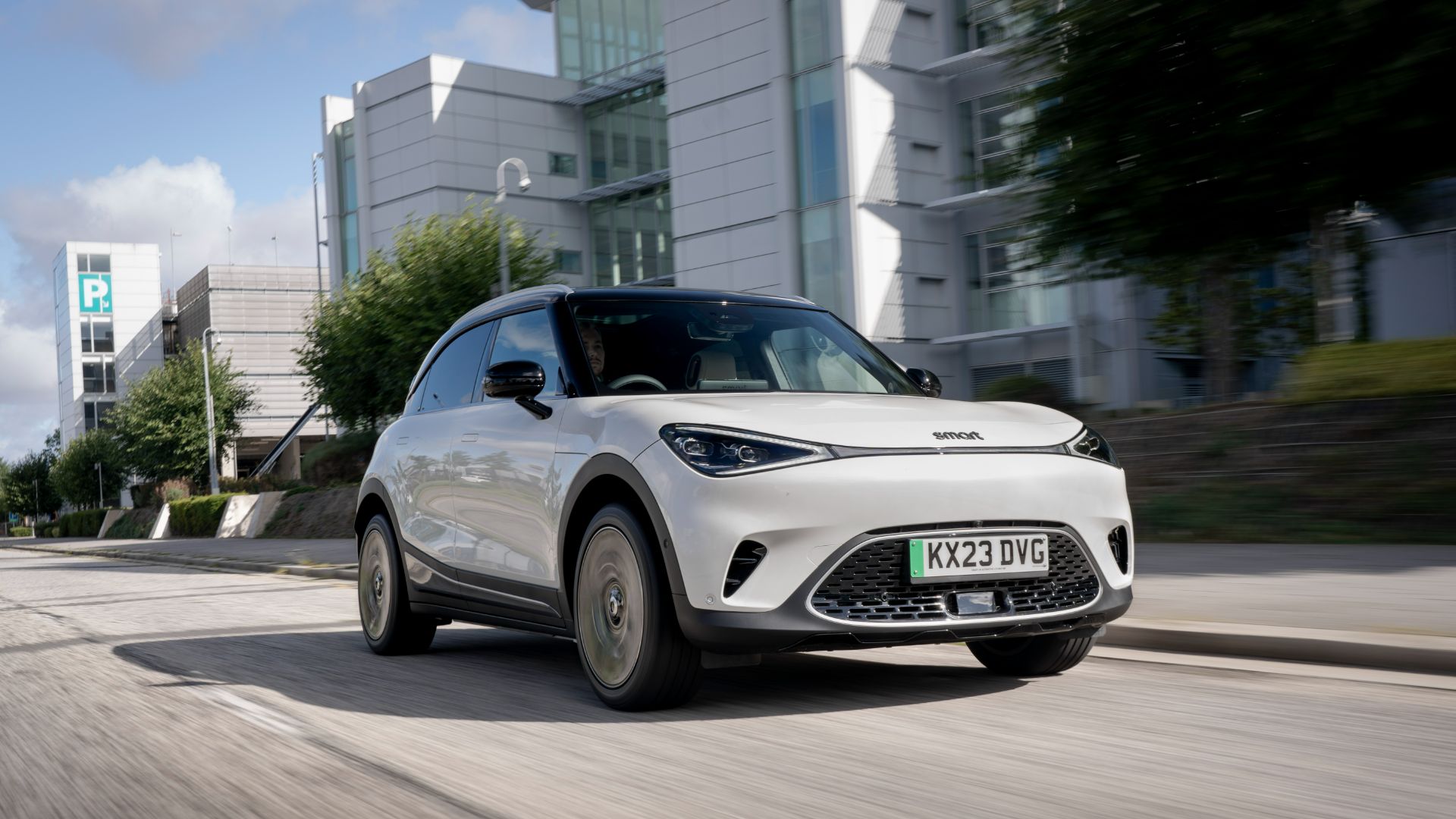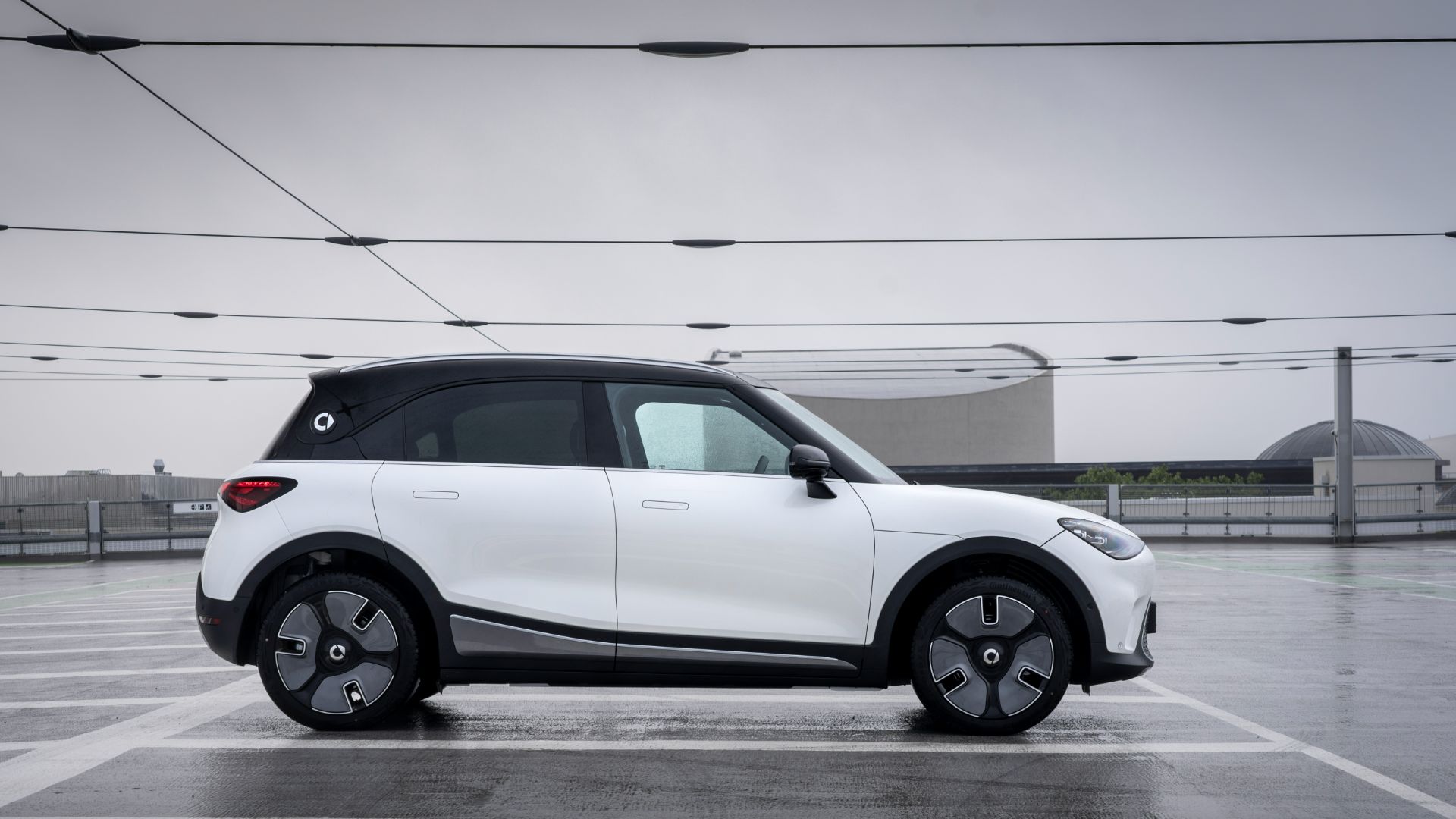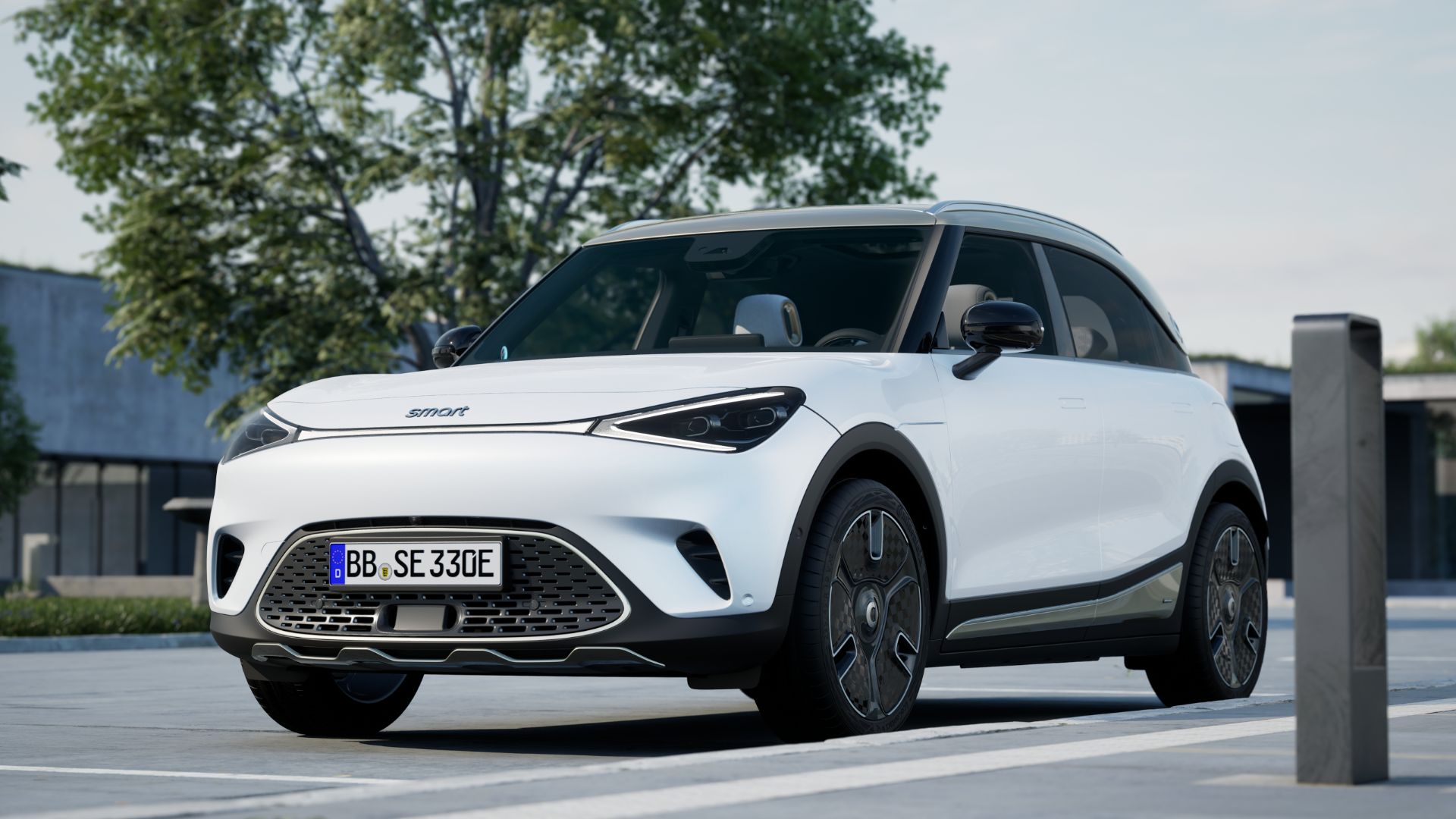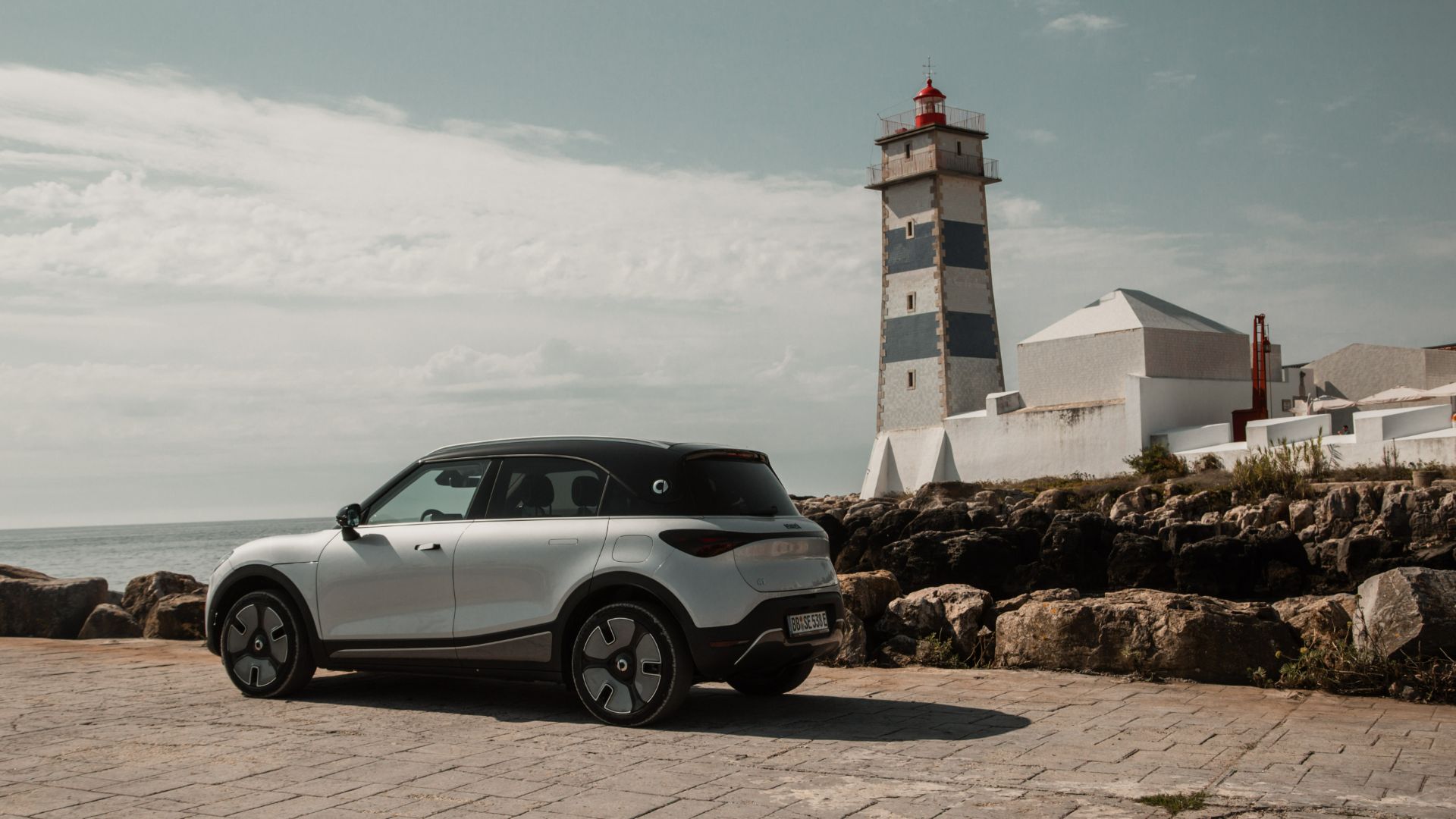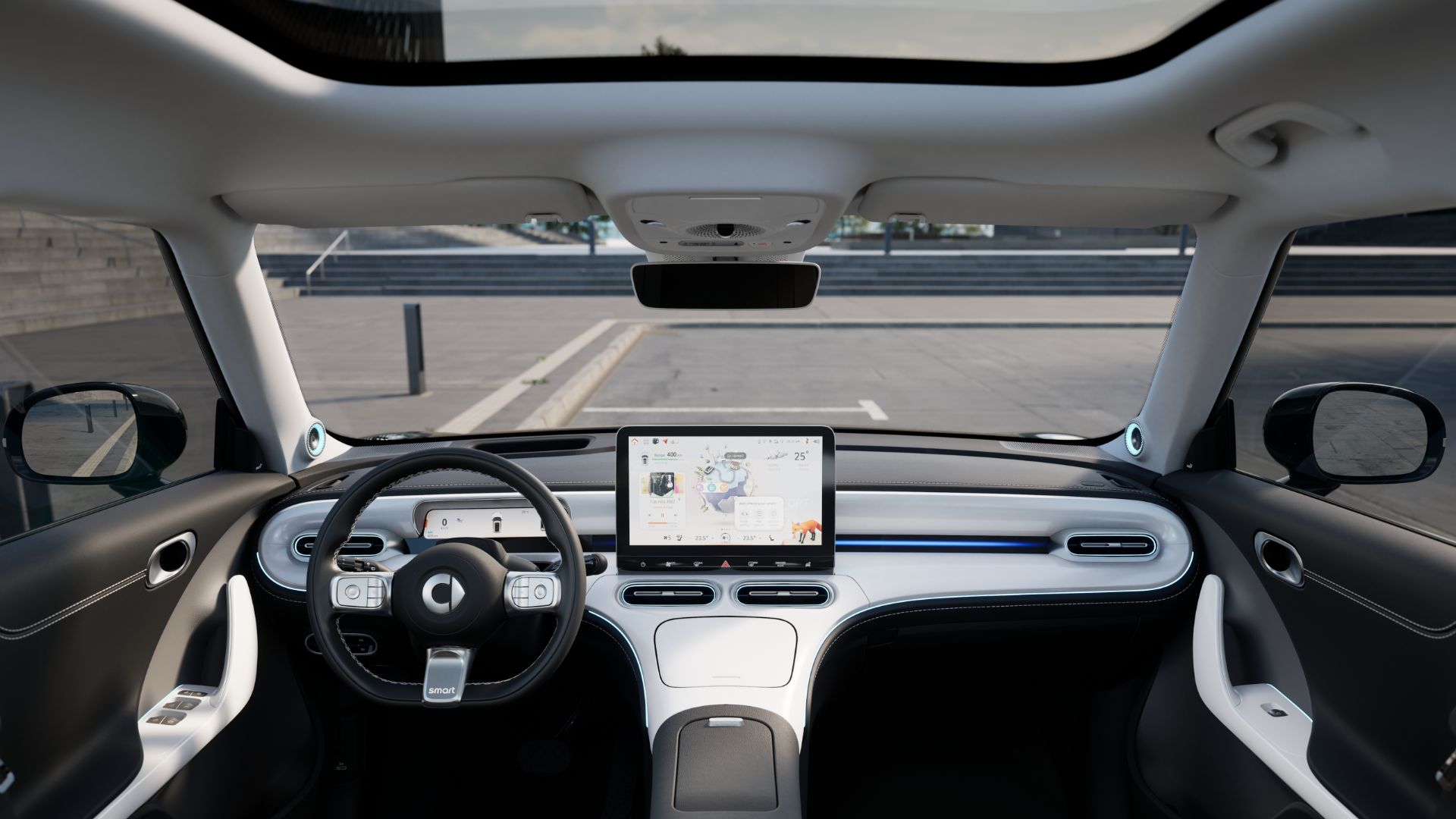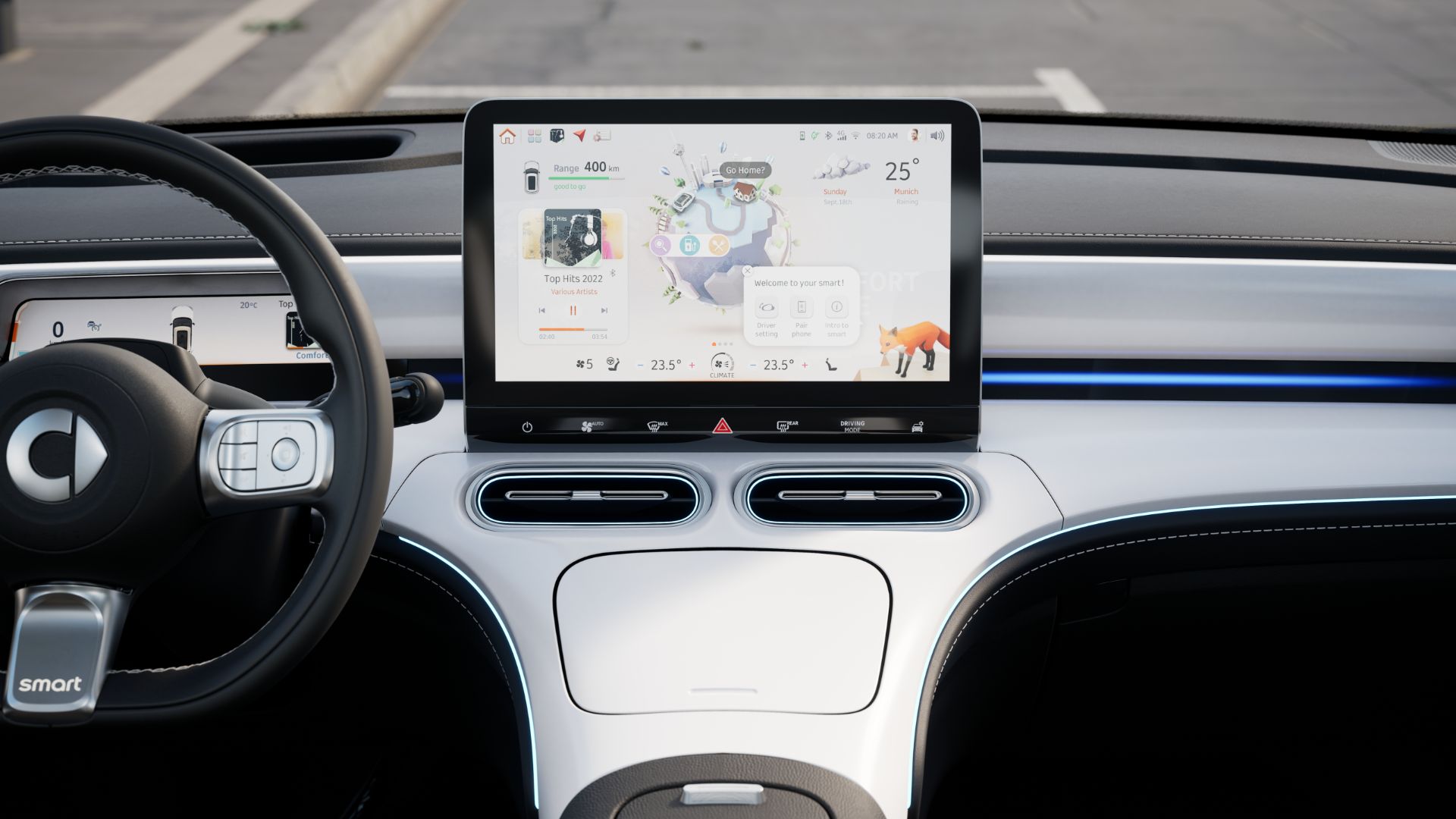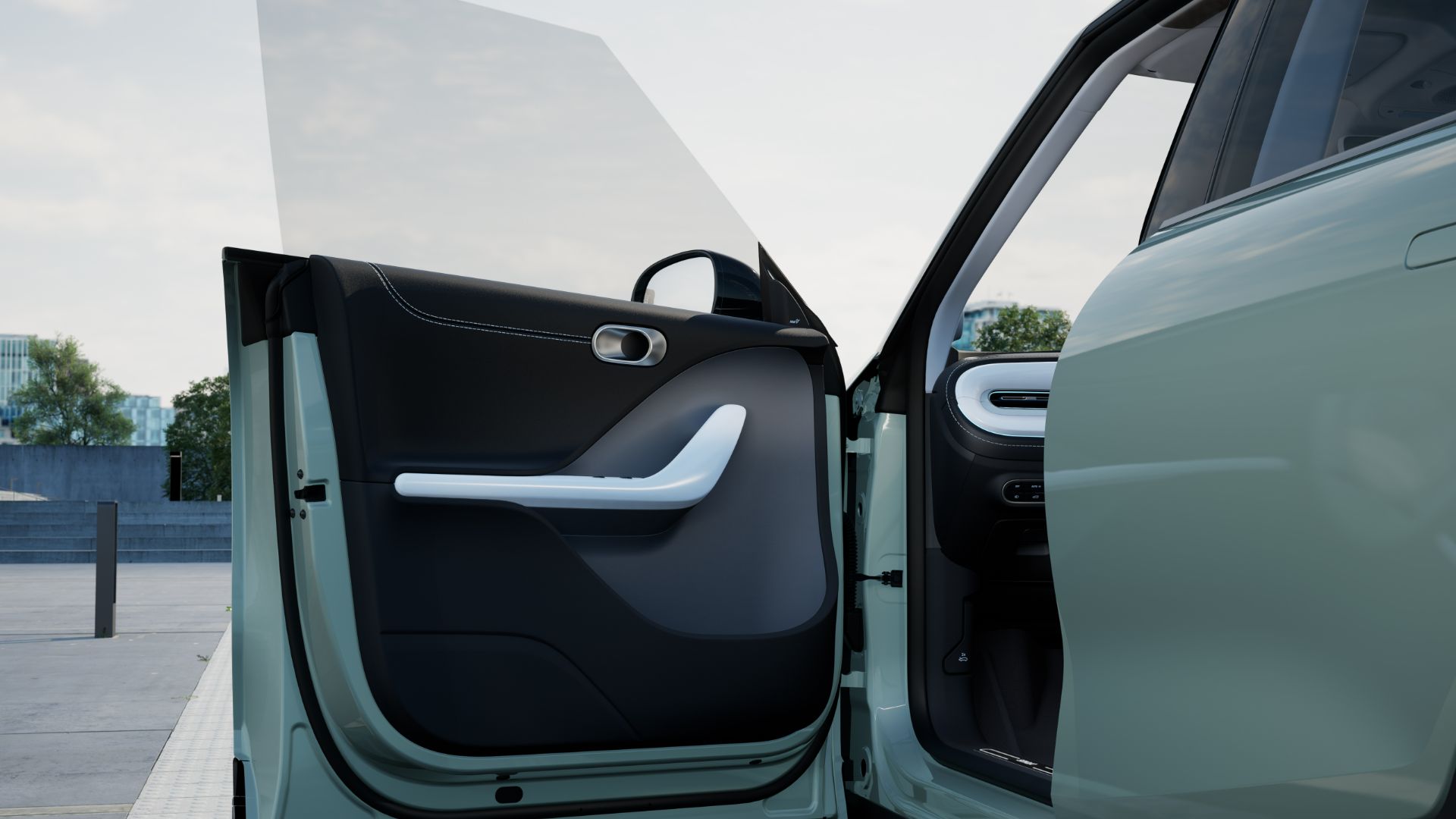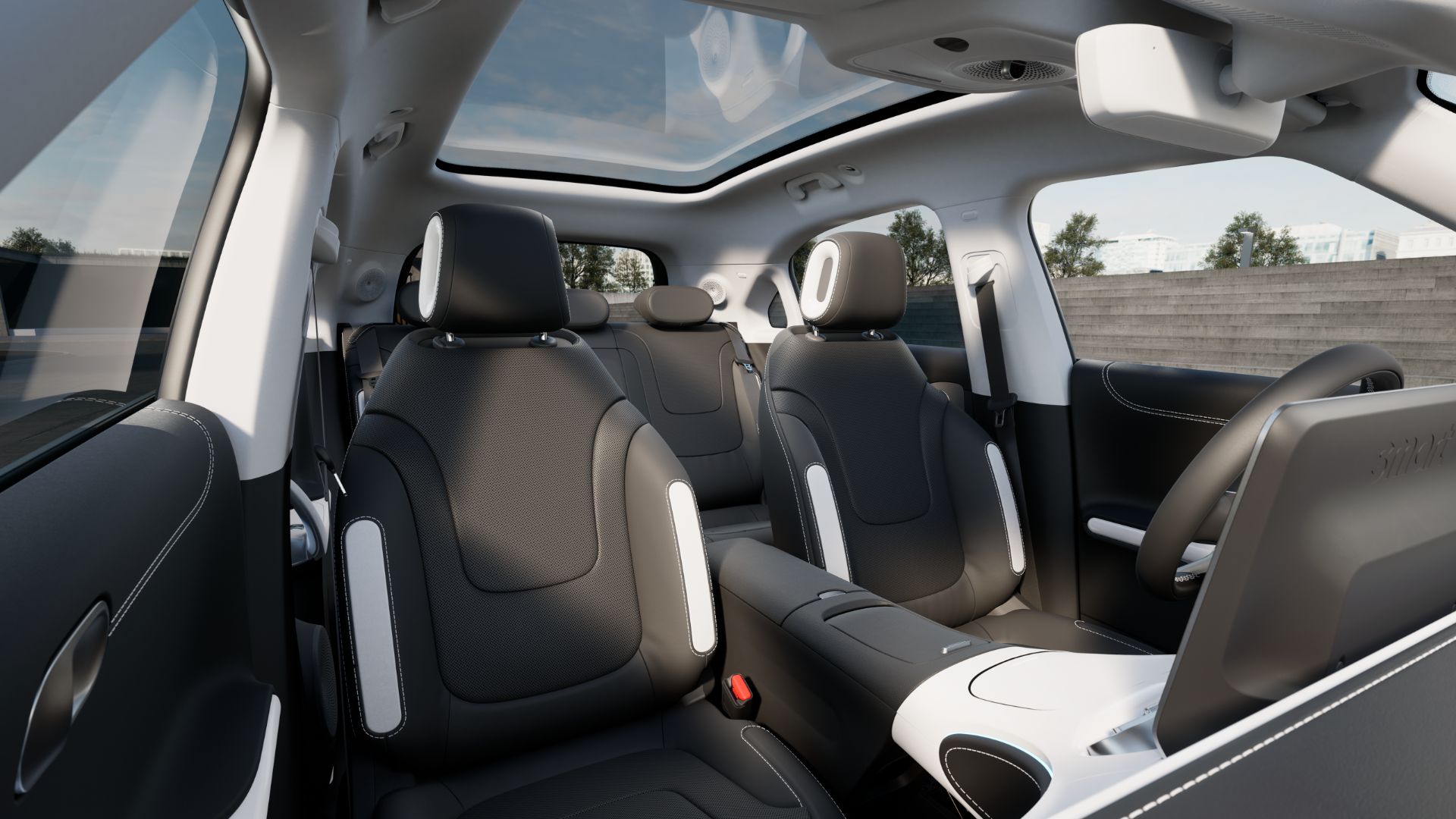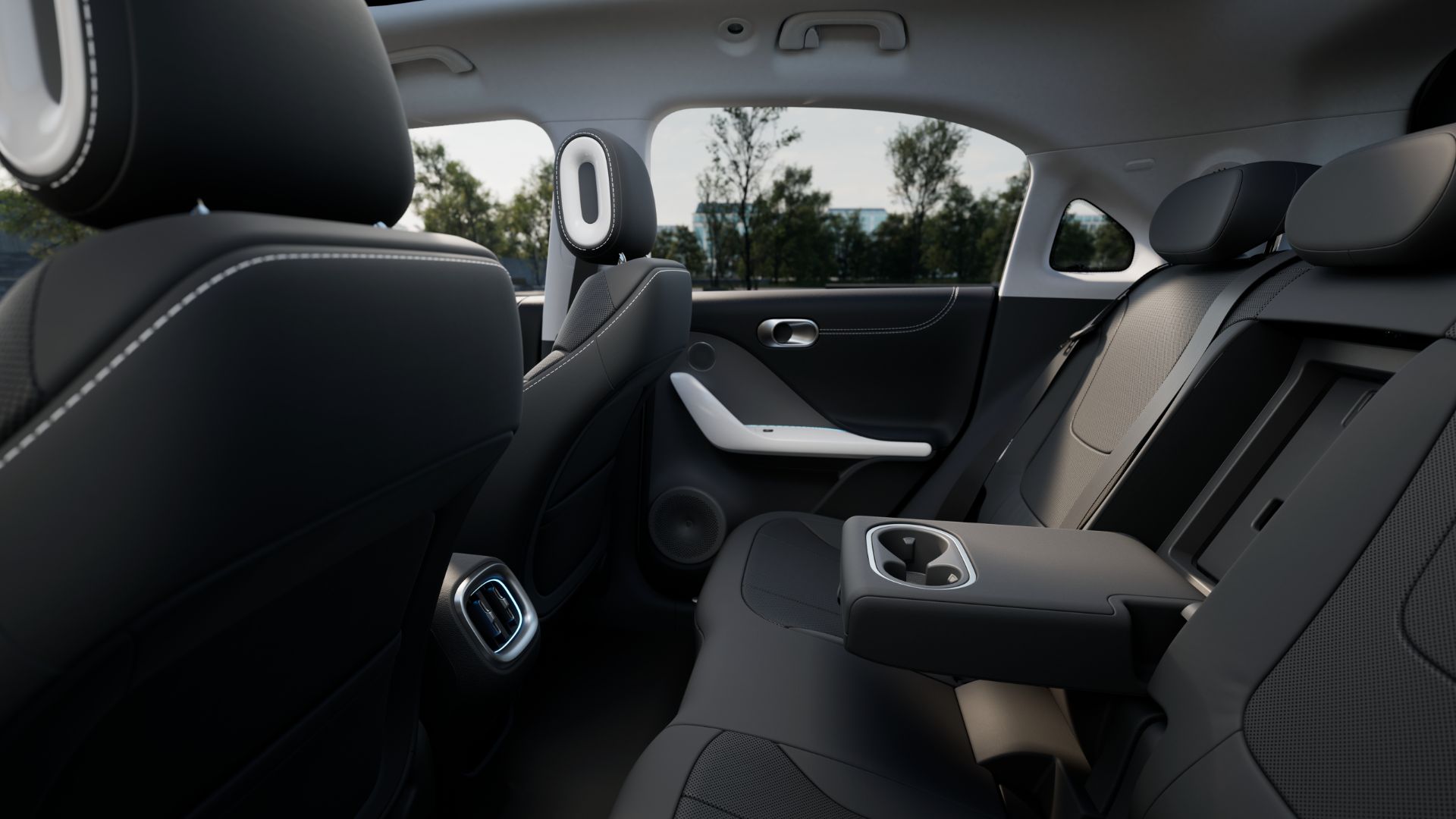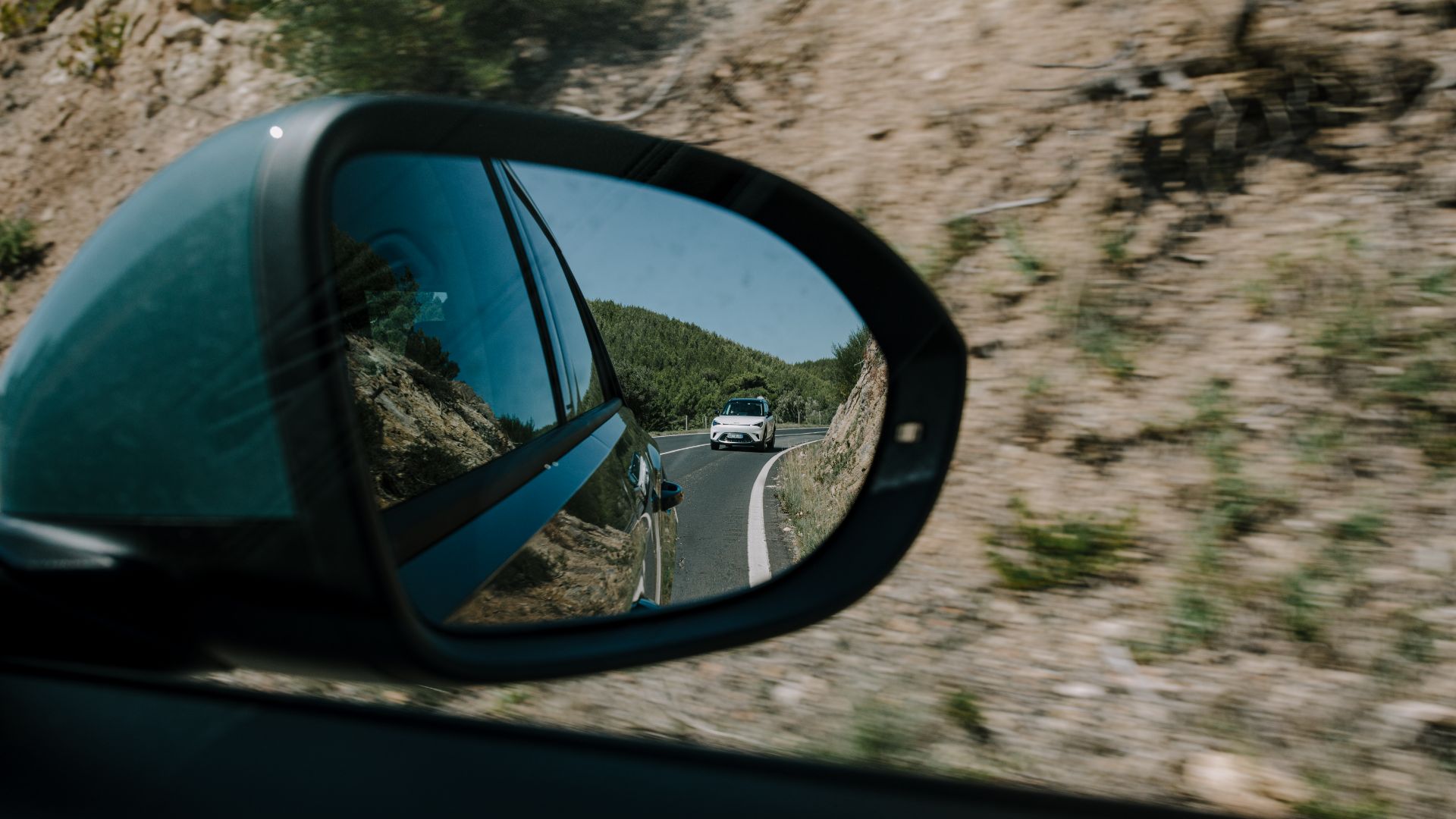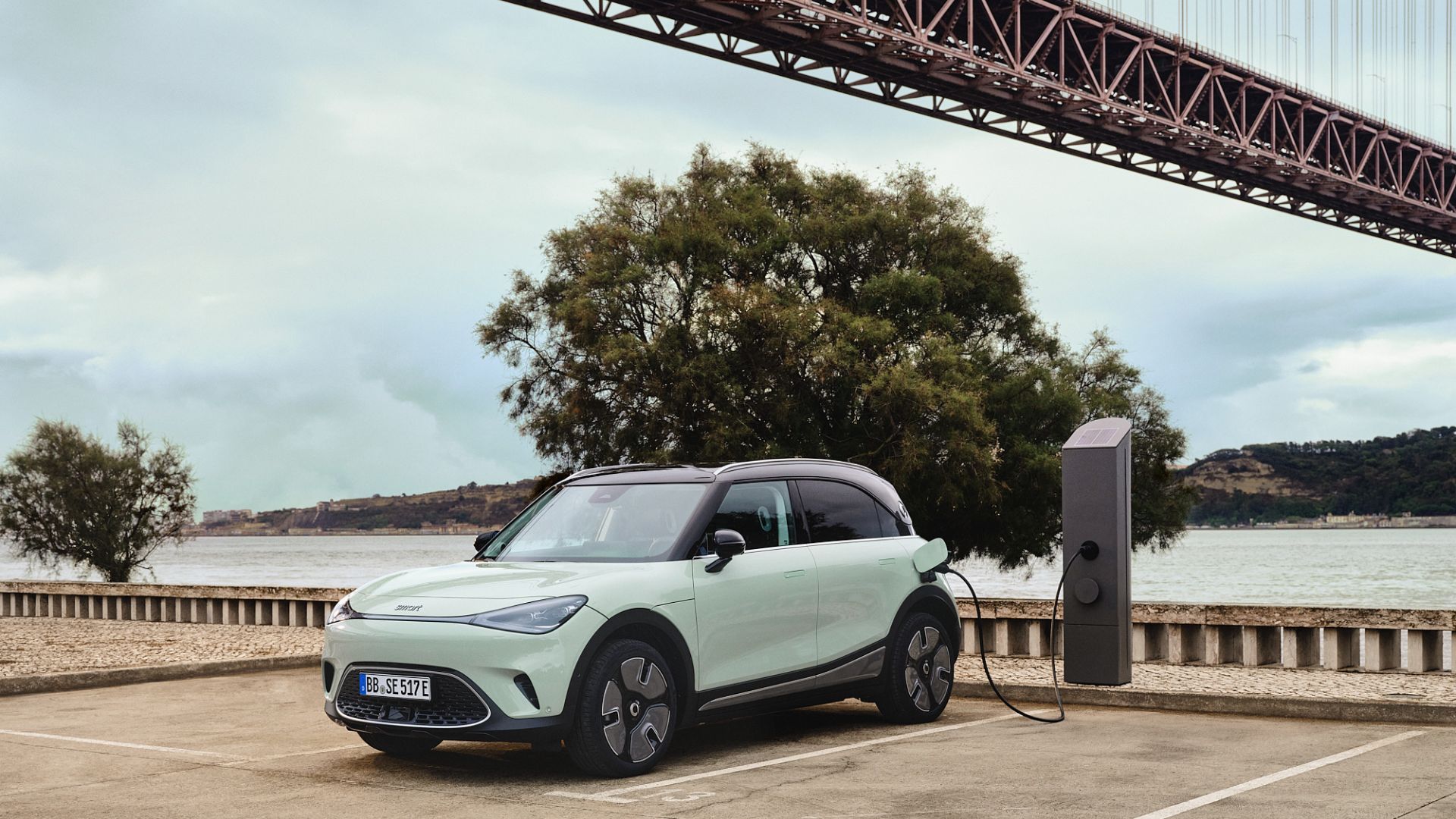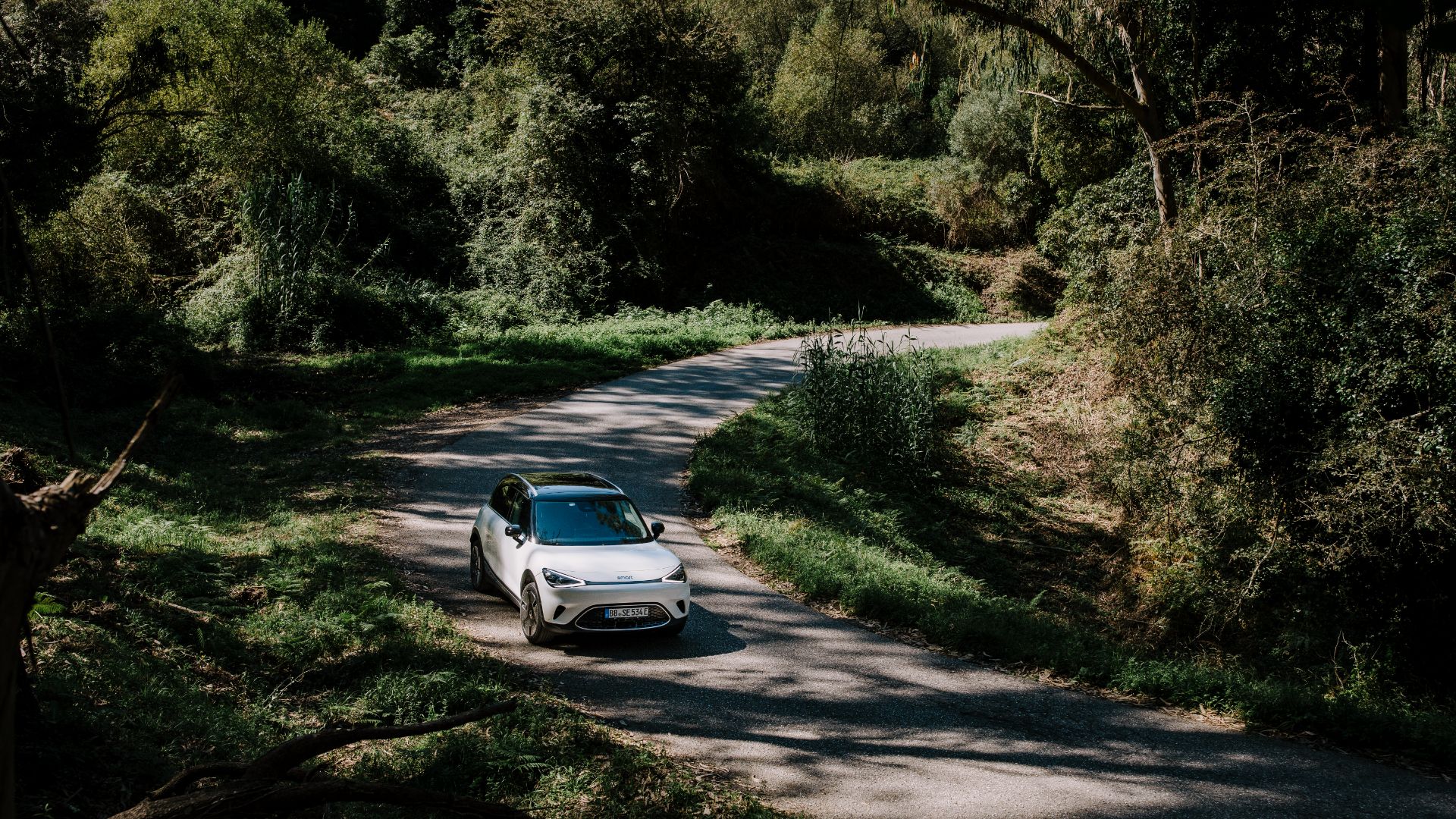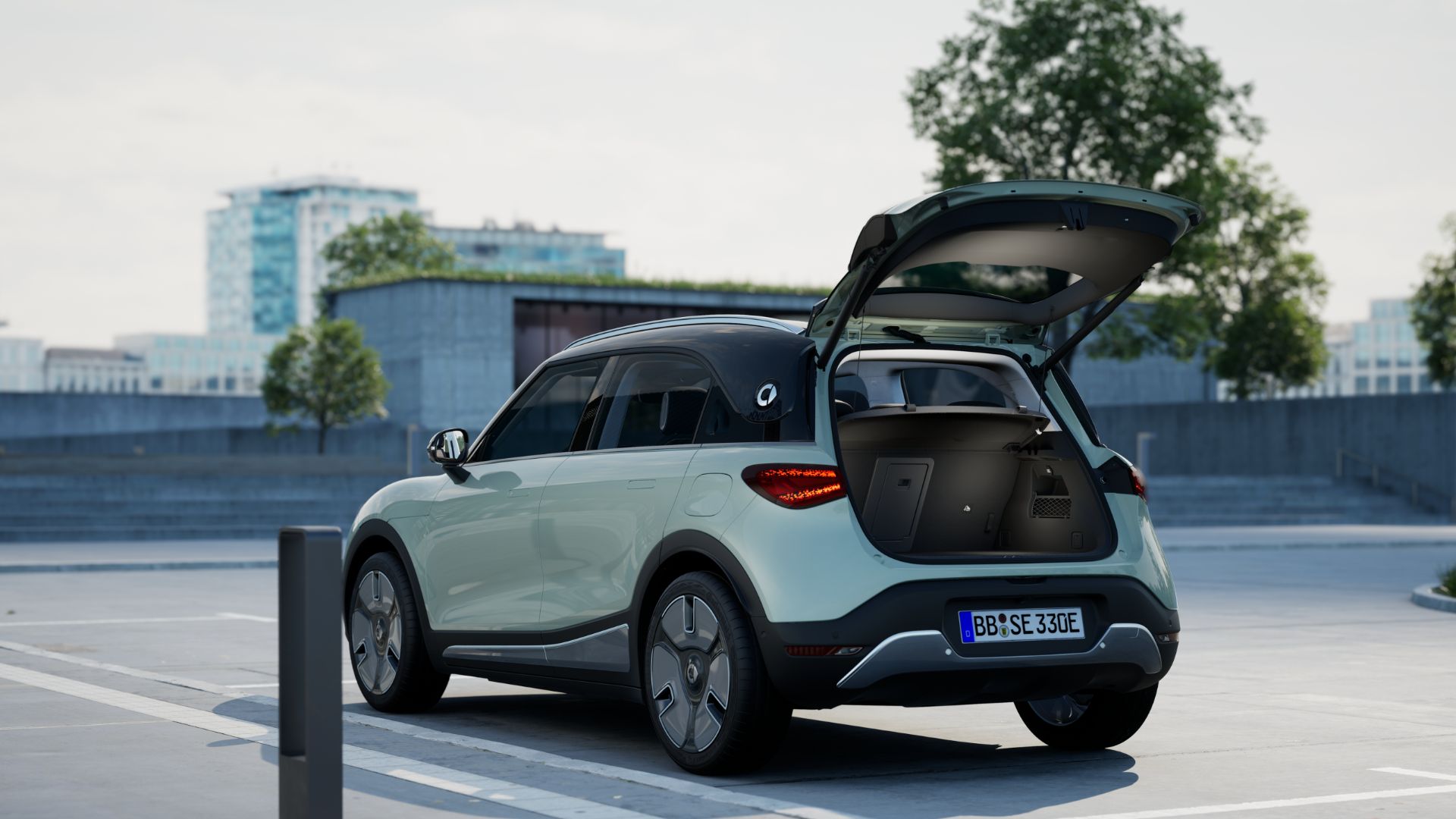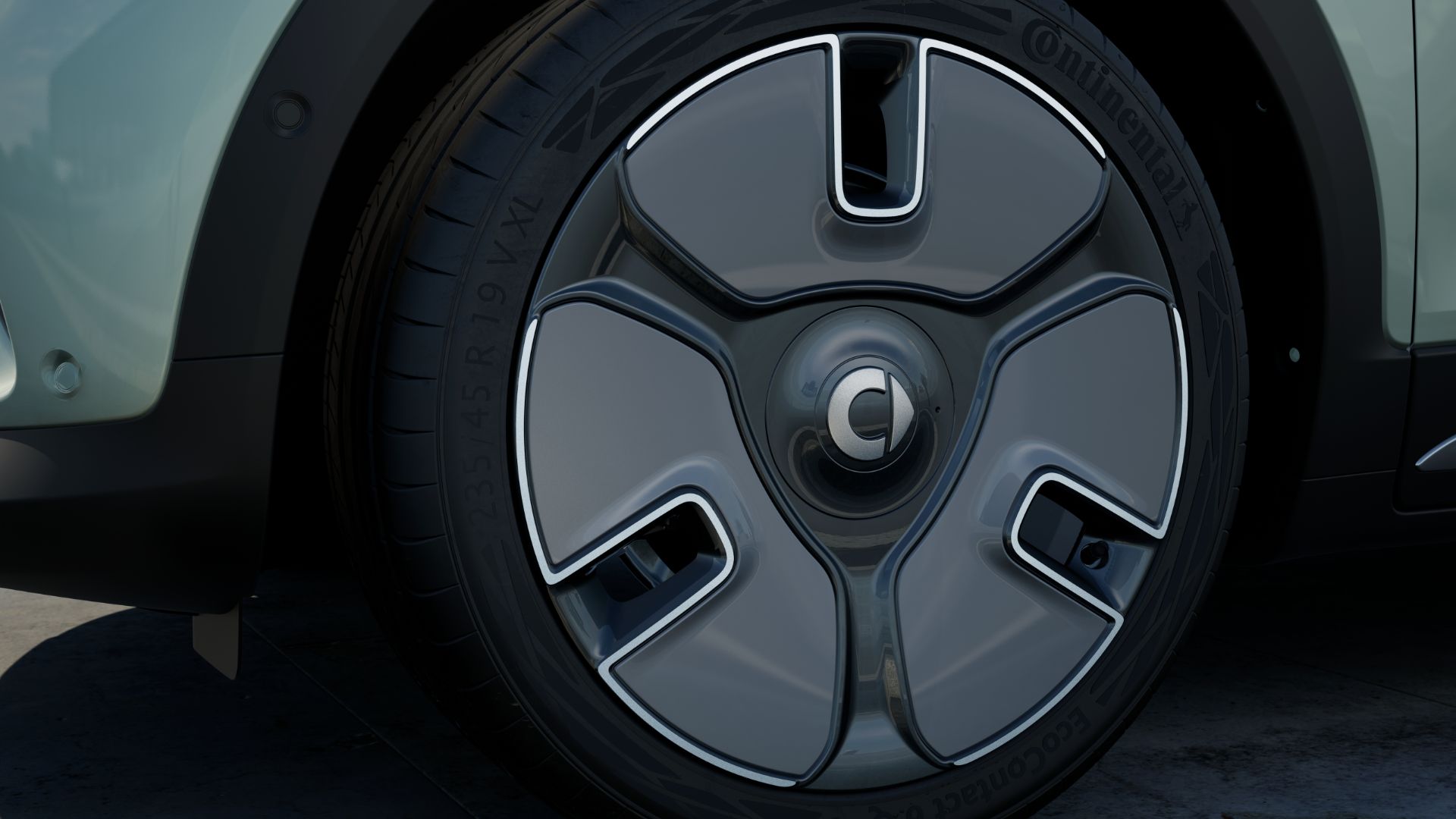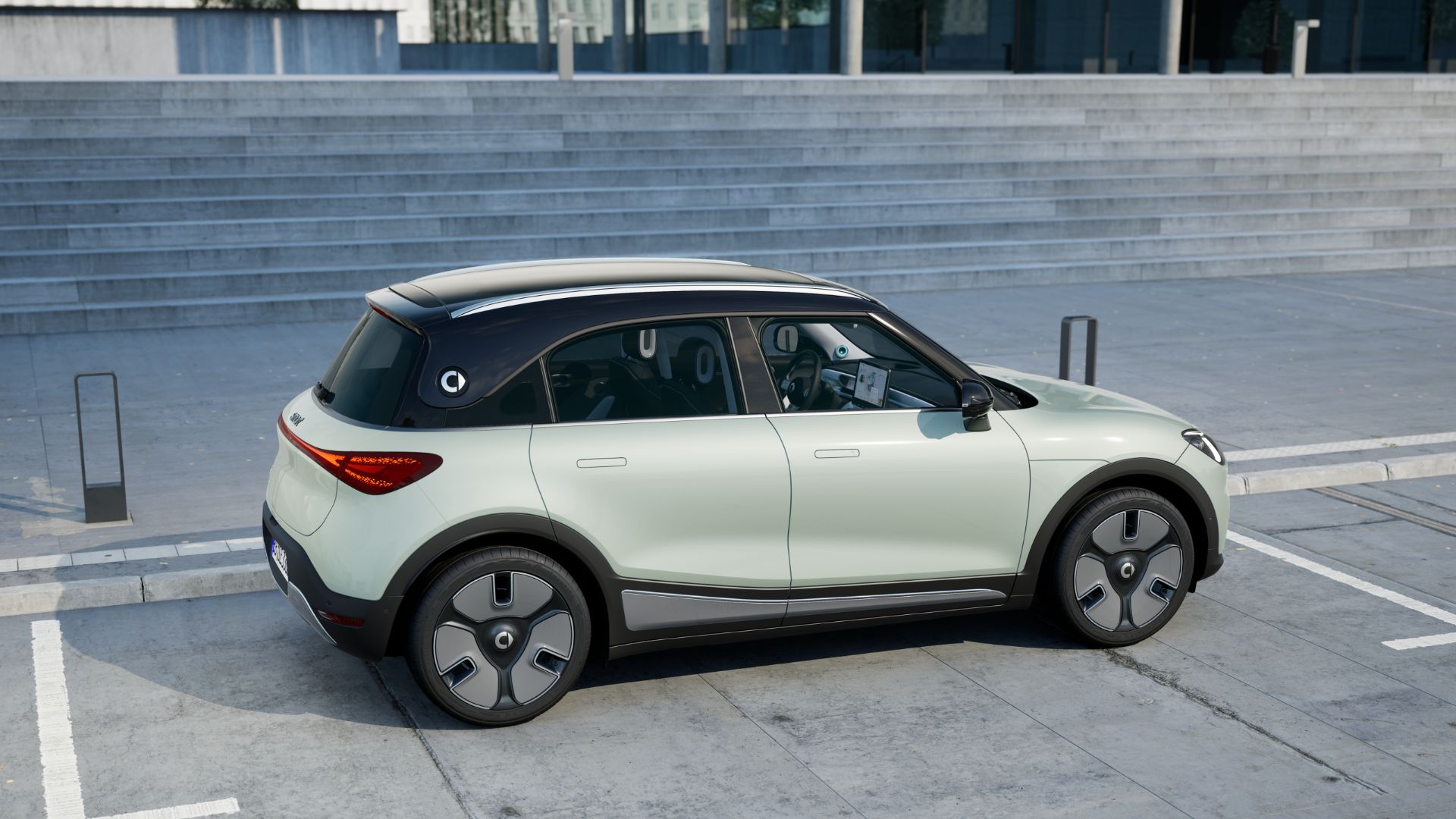Compare the relative fortunes of Mini and Smart. Mini was resurrected by BMW in 2000, with a retro-styled hatchback that was cute but utterly conventional. Yet it has since become a big-selling brand in its own right, offering a complete range of cars – right up to the not-so-mini Countryman.
By contrast, Smart was launched from a standing start by Mercedes-Benz in 1998. Rather than looking to the past, the radical, two-seat City Coupe (later renamed ForTwo) seemed like a clever solution to urban mobility. At just 2.5 metres long, it could even be parked at 90 degrees to the kerb.
After some early success, however, Smart failed to scale-up its ambitions, haemorrhaging billions of euros and causing the suits in Stuttgart to ponder pulling the plug. We are told fortune favours the brave, but the trajectories of these two car brands suggest otherwise.
A tricky car to tag
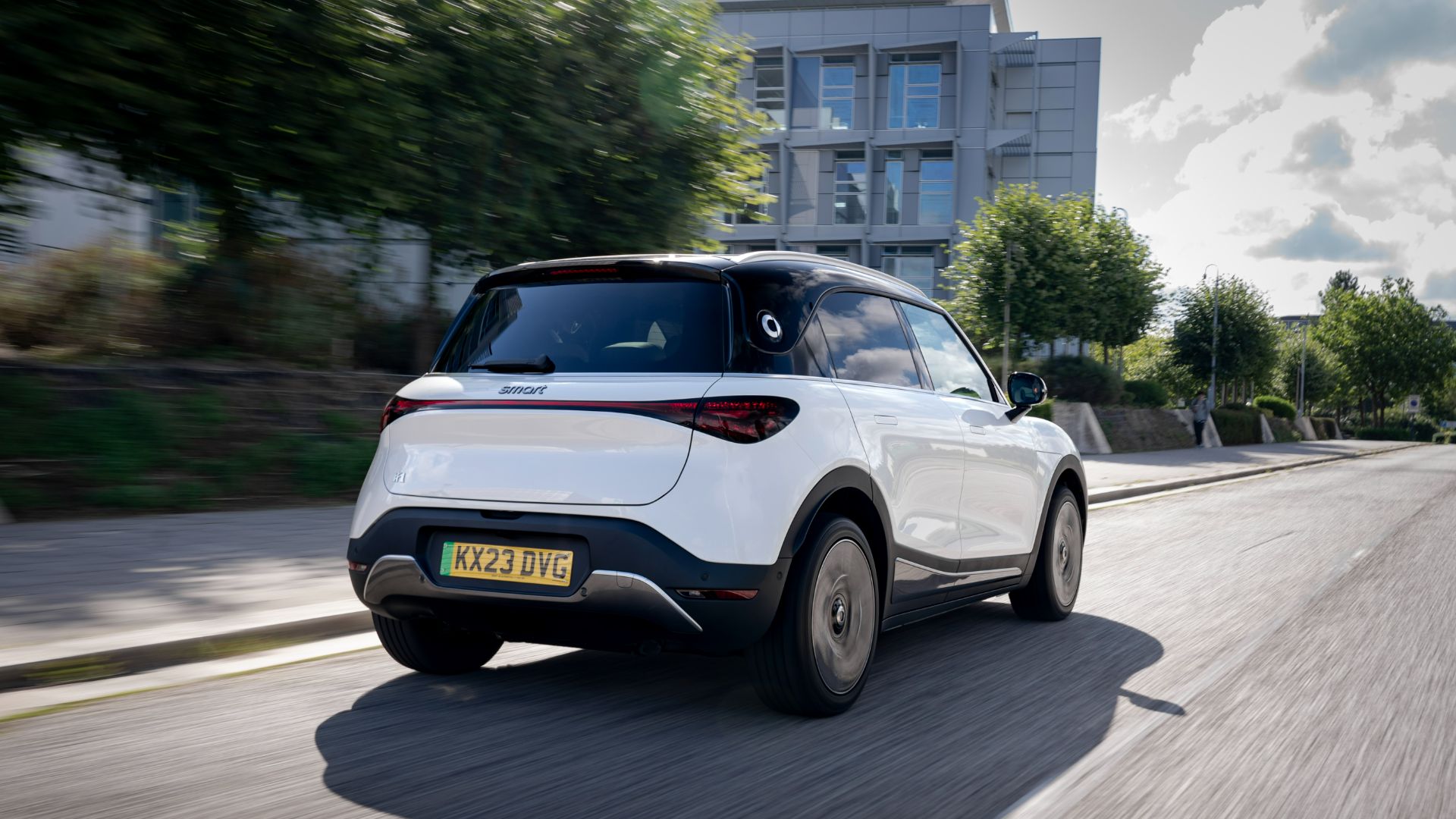
Now Smart is trying again, this time as a 50:50 joint venture between Mercedes-Benz and Geely (the Chinese conglomerate that owns Volvo, Polestar, Lotus and the company that builds London’s black cabs). The new #1 is a mainstream electric crossover that doesn’t try to be too, well, smart.
Before we go any further, a word on that name. Yes, you really do say it ‘Hashtag 1’ – although not if you wish to retain any credibility in front of your friends. Ironically, Smart’s attempt to be down with the kids makes photos of the #1 difficult to tag on social media. Where’s a facepalm emoji when you need one?
On the outside, the #1 looks generic and less appealing than a Mini Countryman. Inside, it’s rather more stylish, with lots of body-colour trim and a 12.8-inch central touchscreen for most functions. There’s space for five adults to travel in comfort – helped by sliding rear seats and a panoramic sunroof that floods the cabin with light – but the 411-litre boot is modest for a family car. The shallow ‘frunk’ under the bonnet is virtually useless, too.
You are being watched
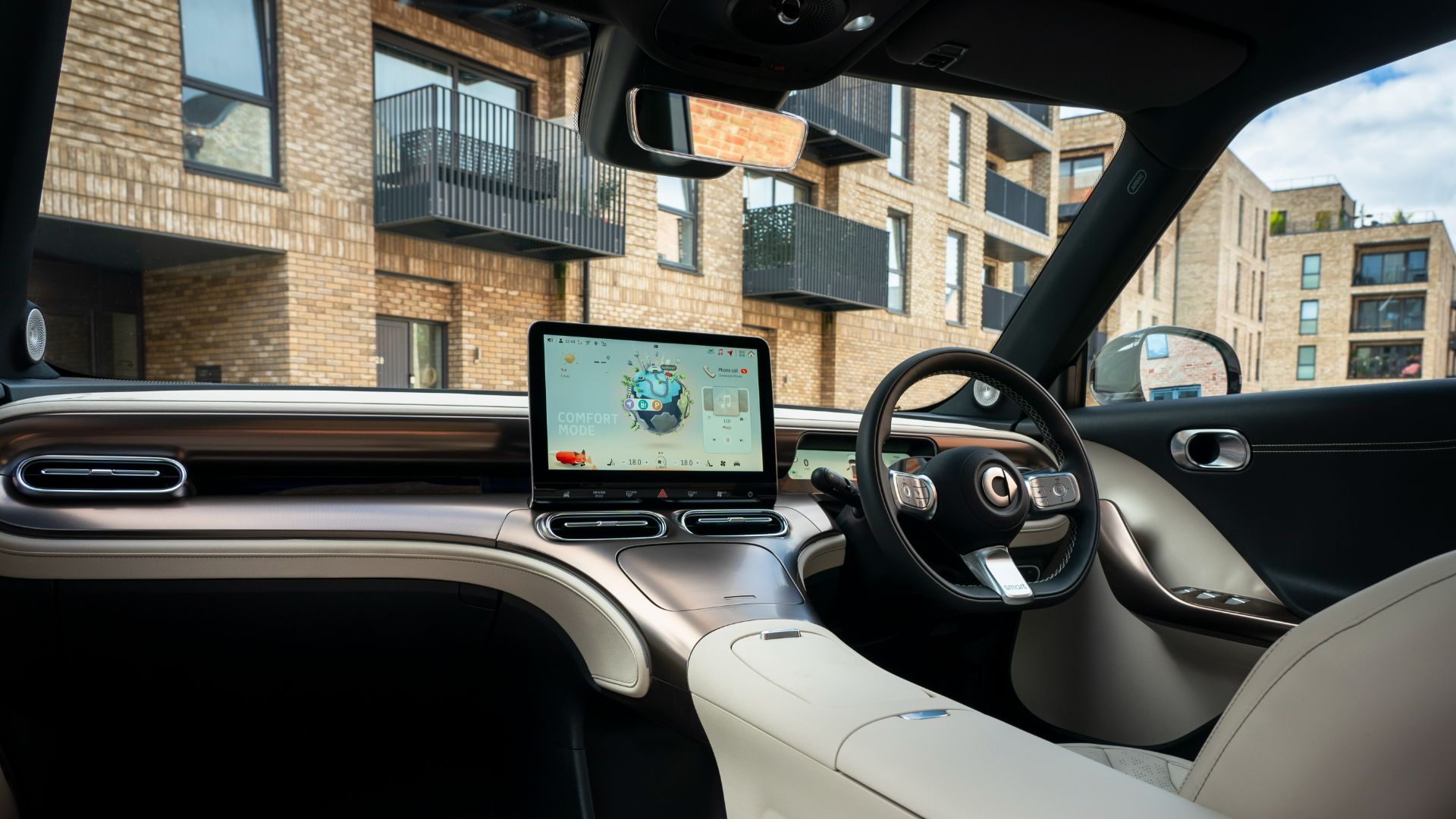
Prices start at £35,950 for Pro+ spec, or you can spend £3,000 more on the #1 Premium, which adds matrix LED headlights, a head-up display and a punchy Beats audio system. Either way, a 62kWh battery and 272hp electric motor drive the rear wheels for 0-62mph in 6.7 seconds and up to 273 miles of range. Charging speed is a brisk 150kW, so you can top up from 10-80 percent in less than 30 minutes.
If you want to challenge Teslas at the traffic lights, there’s also a 438hp Brabus version that zips to 62mph in 3.9 seconds. But this is an electric crossover, not a hot hatchback – so why bother? Better to enjoy the quiet, undemanding experience of the standard car. Like all EVs, the #1 is easy to drive, with light steering, no gears to worry about and a composed ride.
It isn’t perfect, though. The regenerative braking is too abrupt for truly smooth progress, yet also not powerful enough for one-pedal driving. And there is an arsenal of nannying safety systems, including a camera that monitors your face to check you are paying attention. On the motorway, it demanded I take a break every 15 minutes or so, which is either down to over-sensitive software or a damning indictment of my driving. Possibly both.
Playing it safe
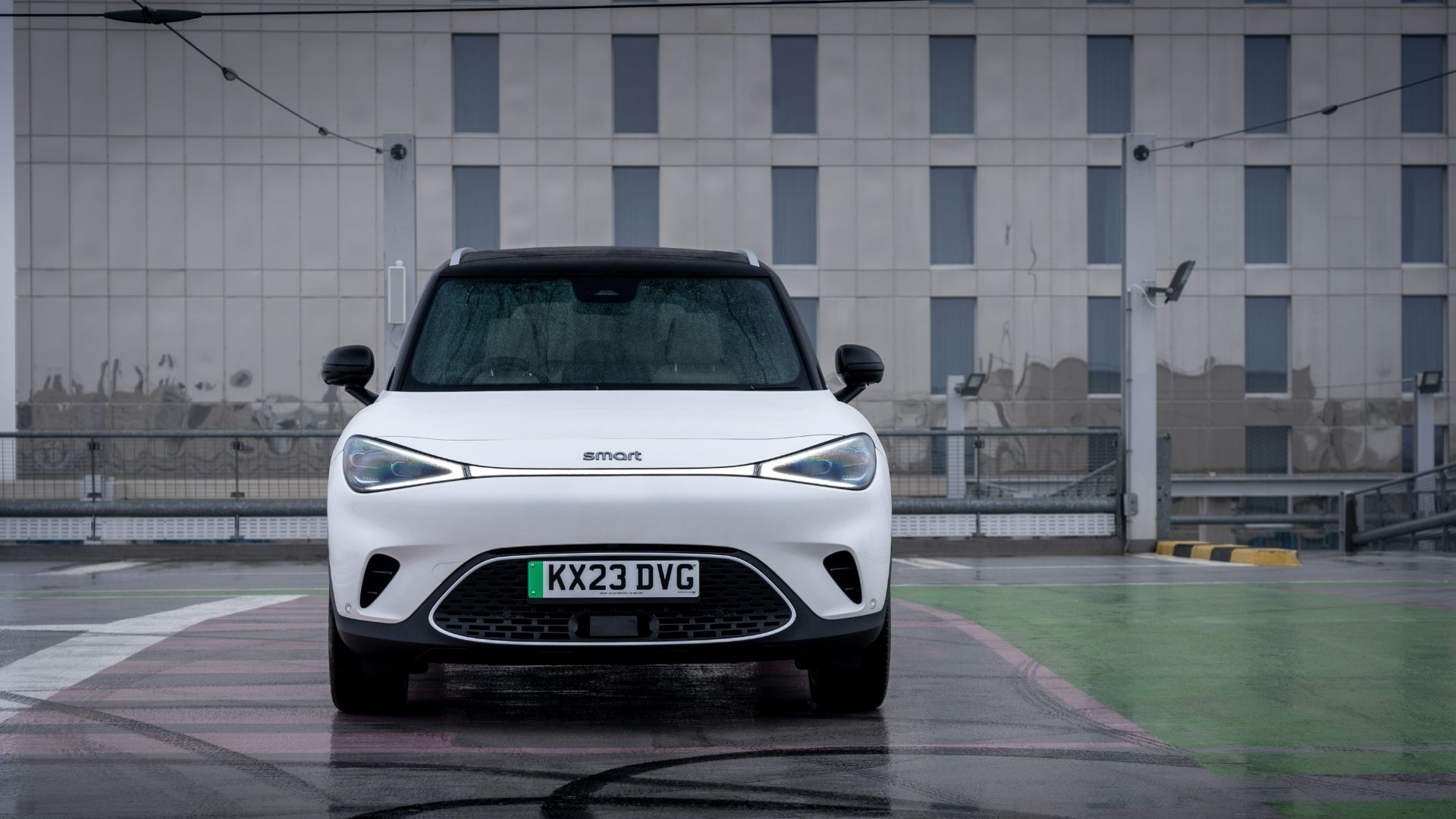
Turning off the bleeps requires delving into sub-menus every time you start the car, which brings us to my other issue with the #1. The lack of physical buttons might declutter the dashboard, but it also complicates what should be simple tasks. Even the door mirrors and fog lights are activated via the touchscreen.
The #1 is well made, decent value and offers a useful range. But by playing it safe, Smart has created a car that fails to stand out – and there are better, more characterful options in this competitive class.
ALSO READ:
2001 Smart City Coupe review: Retro Road Test
Best electric cars to buy in 2023
Your EV questions answered on Motoring Electric
